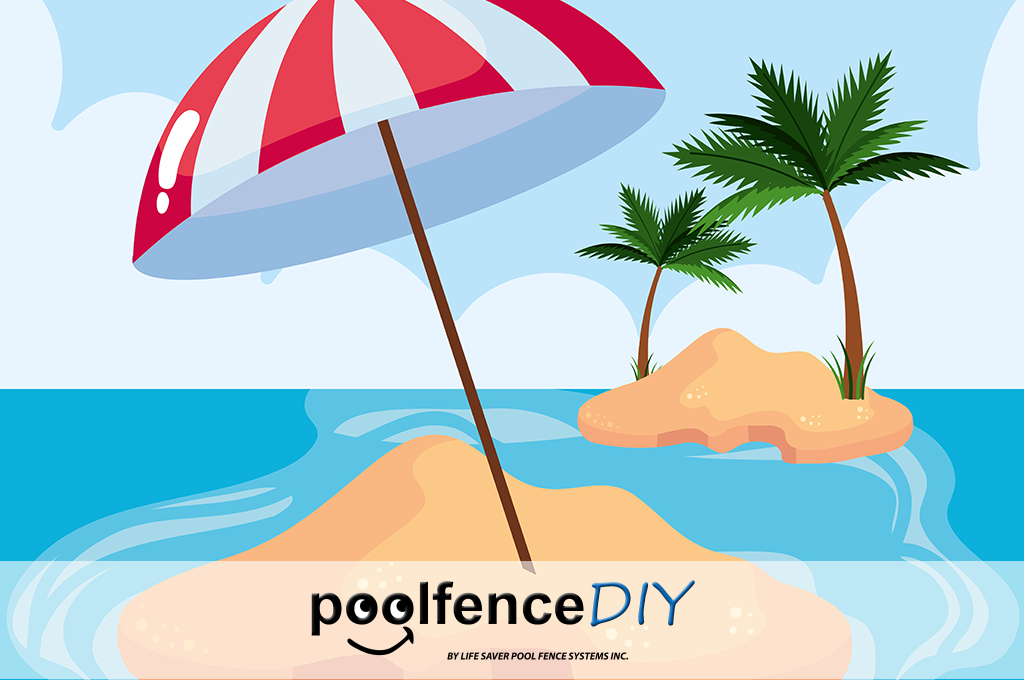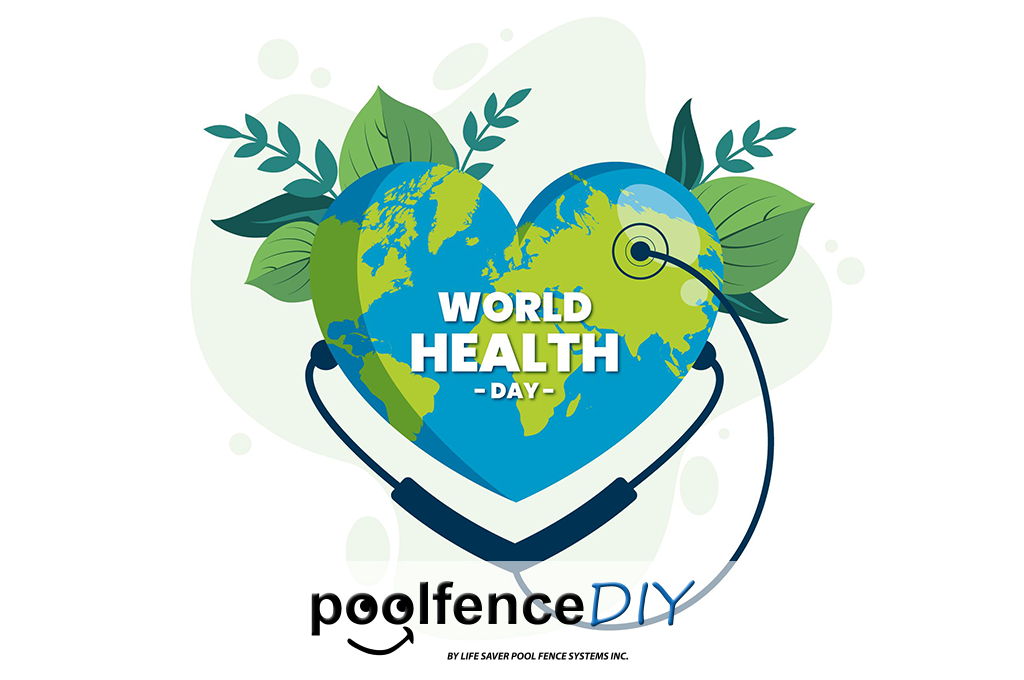How Do I Choose a Safe Life Jacket?

When it comes to water safety, it pays to choose a safe life jacket. But what exactly makes one floatation device better than another? As it turns out, there are some simple things that separate the two.
Are Life Jackets Really Necessary?
First and foremost: live jackets are absolutely necessary! No matter your age or how skilled a swimmer you may be, it pays to have some extra protection. That’s especially true on the open water. If you are heading out on a boat, every single passenger should be wearing a life jacket. This is true for adults and children alike.What Makes a Safe Life Jacket?
What makes one life jacket safe versus any other? The answer here is easy, but unfortunately many people are unaware of this important information. Quite simply, a safe life jacket is one that meets the rigorous testing standards of the U.S. Coast Guard. If a life jacket isn’t Coast Guard approved, then it frankly could leave the wearer in grave danger during a water emergency. Life jackets are meant to keep your head above water and help you to remain in a position that permits proper breathing. A Coast Guard approved safe life jacket will certainly meet this requirement.The Coast Guard recommends, and many states require, that you wear life jackets:
- for water skiing and other towed activities, while operating personal watercraft, such as a jet ski,
- during white water boating activities, and
- while sailboarding (under Federal law, sailboards are not "boats").




